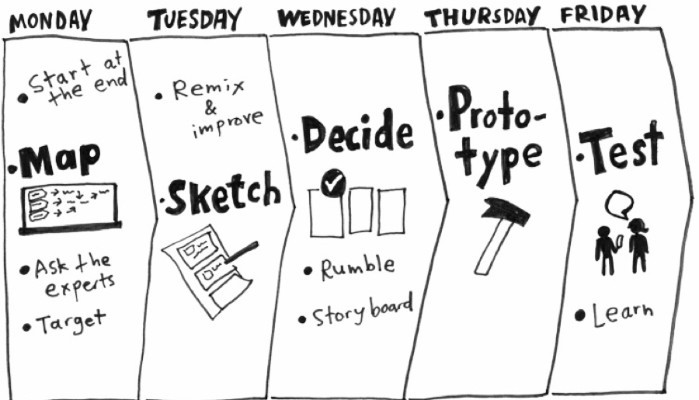
Product Discovery – Agile Software Development
In the development of digital products we often start from assumptions – some more recognized than others – but under the pressure to move fast and have a “Product delivered and working”, we tend to skip the validation of these assumptions and we are exposed. The risk is high.
This happens, for example, when we make decisions and move forward in the development of features that are not supported by observations (or data) on actual customer or user behavior.
How do we avoid falling into “The Build Trap”?
The solution to this problem is to apply Product Discovery practices and techniques.
- With Product Discovery we conduct low-cost experiments to quickly explore and learn from customers, the market and the business before building. We evaluate what to do before we build. We focus on developing products that generate results with business impact.
- We decide on the basis of validated learning, gathering empirical evidence, avoiding starting from assumptions that are not supported by what actually happens to customers. Iterate experimentally until outcomes are achieved.
Product Discovery helps teams and organizations achieve better results through more successful products.
What are the first steps to move forward in Product Discovery?
To ease the path of Discovery for your team we suggest:
- putting more focus on outcomes than on the amount of work completed (outputs)
- be closer to customers to improve learning, and
understand that Product Discovery is not an isolated activity or stage.
1) Focus on Outcomes
It is no longer enough for the product to be delivered on time, on budget, working and in production. The people in charge of a product must be concerned not only with what happens during development and production, but also with the results achieved in terms of positive impact on customers and company objectives.
Visibility and engagement with the results allows for accelerated learning of how users and customers interact with the product to then make better decisions of what to do and what NOT to do in the future.
This implies that the team(s) need not only end-to-end visibility into the value stream in which they develop the product in question, but also that it is within their reach to do experiments to explore opportunities for improvement.
2) Get closer to customers
Being customer-centric leads us to focus on their experiences with our product. Improving those experiences will result in greater satisfaction, more value for customers and for the business. We want to better understand your needs and how you solve them today in order to develop products of value.
How can we do this?
With direct and frequent access of the team to end users. Depending on the product life cycle we will have different problems to solve. For example, in the initial phases we need to learn and frame the problem to be solved while if the product has already achieved its product-market fit or is in a growth stage, we will probably seek to optimize conversion. For this we apply different techniques such as interviews, customer journeys and the use of various low-cost prototypes. More information here and here.
3) Mitigate risks with continuous Product Discovery
The risks we must mitigate before developing the product are:
- Value to customers and users: will they find our offering attractive?
- Usability: will it be intuitive and easy to use?
- Technical feasibility: do we have the time, skills and technology required?
- Business viability: will it be profitable and economically sustainable over time?
Product Discovery is not a one-time step before starting. Products have a life cycle, they can and should continue to evolve. As we learn from the context (the market, the changing needs of our customers, technology, legal or regulatory aspects) good products adapt.



